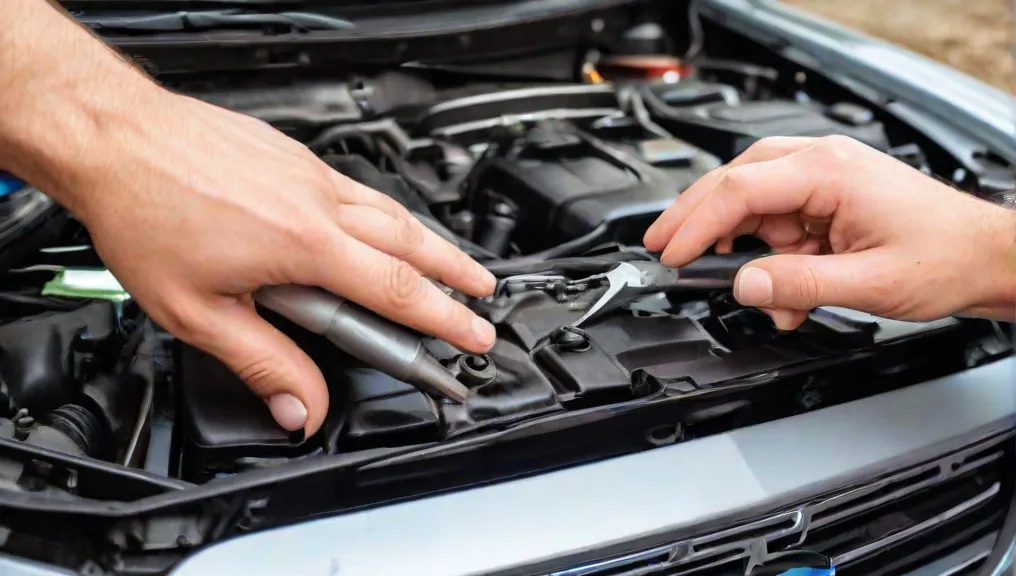Introduction
Car maintenance is very crucial so as to promote efficiency, safety as well as reliability of the car. Actually, timely car maintenance ensures its long life, reduces the chances of incredible future repairs and provides comfort on the roads. To help you have a general overview of the most important areas of auto care, here are the significant provisions every car owner should follow or be aware of.
Regular Oil Changes
Oil is in fact considered to be the ‘blood’ of any car engine. It aids to wet moving parts, therefore, generating low friction and aiding in the cooling of the motor. With time the oil degrades and gets dirty and this has an addition impact of wearing out the engines.
– Importance: Cools the engine, maintains it greased to prevent it from wearing out.
– Frequency: The routine mileage is every 3,000 to 5,000 miles, or based on the car’s maker recommendation.
Tire Care
Maintenance of proper tires is very important in as much as it provides safety, has a direct impact in fuel consumption and the overall comfort during the ride. It is quite important to gauge the status of your tires to reduce such incidences of blowouts and enjoy your car’s performance.
– Checks: These are the parameters, which have to be checked periodically: tire pressure, treads, and alignment.
– Rotation: Change its position every 6 000 to 8 000 miles to ensure equal distribution of the tires’ wear.
Brake Maintenance
The braking system in your car is very essential for it since it determines your safety when driving. With proper brake maintenance you will avoid accidents and have the confidence that will be able to stop your car safely.
– Inspection: Ensure regularly the brake pads, rotors and the brake fluid.
– Replacement: As for the brake pads, they should be replaced after 20,000-50,000 miles with regards to driving behavior and road conditions.
Battery Health
Starting your car and running of electrical equipment requires a well-charged battery. This can help avoid a situation known as the capacitor plague, and keep battery failures as predicted.
– Testing: Check battery charge and condition of the battery for any sign of corrosion.
– Replacement: Normally, it is recommended that they changed out every 3 to 5 years.
Fluid Levels
Without fluids, different systems in your vehicle cannot run as they are expected to/were designed to. They should be maintained to certain levels that do not hamper performance and cause damage to the components.
– Coolant: Make sure the coolant reservoir has adequate fluid and that there is no condensation in the air conditioning system.
– Transmission Fluid: Inspection is recommended at this interval and if you frequently overtake other vehicles by driving at a very high speed, it is advisable to change it within 30,000 to 60,000 miles.
– Brake Fluid: Change it every 2 years or as per the doctor’s prescription.
Filter Changes
Purifiers help to counter all those contaminants you do not want into your engine, fuel and air. General substitution is necessary for the clean and effective performance of the structures.
– Air Filter: Replace every 15,000 to 30,000 miles in the wards of Bungoma and Kapsokwani or in any other centre within or outside Kenya.
– Fuel Filter: Replace every 20,000 to 40,000 miles of operation The following is the review of the Belgium case with regards to the table above Scoring System for the Belgium Case Keeper Handler Score 4 2 Company Lexus Overall satisfaction rating Very Satisfied Suggested improvements None.
Belt and Hose Inspection
Belts and hoses perform important roles in several activities of the vehicle’s engine. These include avoiding annual check-ups, more frequent inspections can ward off breakdown as well as expensive repairs.
– Timing Belt: Change every 60000 – 100000 miles.
– Serpentine Belt: Visually inspect for cracks and wear, replace them if they seem too worn, typically this component lasts for around 50000 – 100000 miles.
– Hoses: Replace where there are signs of leakage, cracks or other signs of wear.
Lighting and Electrical System
The lights or the electrical systems in your car are useful in illumination and safety. Periodic inspections also resolve to check if every constituent is operating adequately or not.
– Bulbs: Be sure to check and replace car’s light bulbs from time to time including headlights, brake light and turn signal.
– Fuses: Never leave lamps or faulty fuses to blower in the on position check and replace faulty fuses.
Wiper Blades
Proper visibility is very important and during periods when there is poor visibility such as during a rainy evening or night the cars require proper lighting. Preserving your wiper blades’ condition allows you to clear the screen and see the road ahead.
– Replacement: Ideal to be changed every 6- 12 months or any time you begin to observe that during the rainy season the headlights’ vision becomes limited.
Regular Inspections
The former means that the professionals’ routine check of the premises can discover and rectify potential problems before they reach the critical stage. It is wise to go for regular tune-ups with an authorized mechanic to make sure that your car is in its best condition.
Conclusion
Here are the main benefits of Auto upkeep: Besides, you are safe on the road, with the auto performing at optimal levels if you stick to the auto upkeep schedule. People failing to spend a bit of their time and efforts on carving their cars ends up costing them more money and a bumpy rough ride. Maintain your car and avoid all sorts of difficulties that can come the way of a car that has not undergone maintenance hence get to enjoy driving a well maintained car.

No Comment! Be the first one.